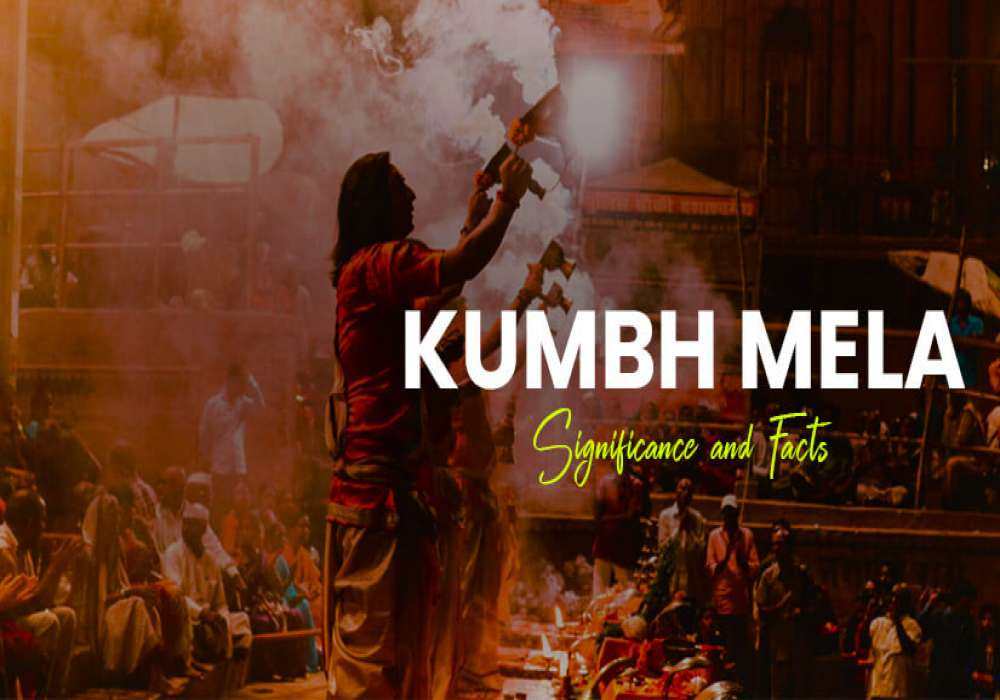
Last Updated At: 07-Jan-2025
Kumbh Mela : Rituals, Significance, and Best Time to Visit
In Hinduism, the Kumbh Mela significance lies in its role as a major religious festival celebrated four times in 12 years. The festival's importance revolves around the four holy places on the four sacred rivers—at Haridwar on the Ganges River, at Prayag (Allahabad) at the convergence of the Ganges, the Jamuna, and the Saraswati, at Ujjain on the Shipra River, and Nashik on the Godavari River. The observance at each site is determined by a separate set of astrological positions of the Sun, Moon, and Jupiter, making these alignments the most auspicious times for spiritual cleansing and worship.
The Kumbh Mela 2025 is expected to draw millions of pilgrims, particularly at Prayag, which hosts one of the most significant gatherings. Additionally, a grand Kumbh Mela is held in Prayag every 144 years, with the last one celebrated in 2001.
Recognized as one of the largest festivals in the world, the Kumbh Mela spans several weeks and attracts more than 200 million people globally. But why is Kumbh Mela celebrated? It is celebrated to commemorate the mythical event where gods and demons fought for the nectar of immortality, with the Kumbh Mela marking the time when the nectar spilled over the four sacred river locations.
According to Hindu mythology, Kumbh Mela is the most sacred festival for Hindus, celebrated four times in a 12-year cycle at four pilgrimage sites along holy rivers. For instance, in 2003-04, the Kumbh Mela was held at Nashik-Trimbakeshwar. The upcoming Kumbh Mela 2025 will continue this tradition, showcasing its profound religious and cultural importance.
History Of Kumbh Mela In India
The Kumbh Mela has its religious significance, which is held every 12 years. Undoubtedly, it is the largest gathering of faith where people from all over the world take part and bathe in the holy river. The phrase Kumbh Mela consists of two words, Kumbh and Mela, but it is also the Hindi name for the sign of Aquarius. The name 'Kumbh' is derived from the immortal pot of nectar with which the gods and demons fought, described in the Puranas (ancient Vedic scriptures). As we all know, Mela is a Sanskrit word meaning 'gathering' or 'meeting.'
The history of Kumbh Mela traces back to ancient times, relating to the days when gods and demons unitedly churned the nectar of immortality as delineated in Hindu mythology. The gods and demons agreed to work together and decided to share half of the nectar of immortality each. They met on the shores of the Milky Way in the cosmic realm. The churning of the sea of milk produced a lethal poison that Lord Shiva drank without being affected. After many obstacles, Dhanvantari appeared years later with the nectar of immortality.
The history of Kumbh Mela highlights its significance as the largest religious and cultural human gathering in the world. For 48 days, millions of pilgrims bathe in the holy river. Devotees from all over the world, including sadhus, sadhvis, ascetics, and pilgrims, actively participate in this grand event.
Major Attractions Of Kumbh Mela
1. Bathing Rituals
The bathing rituals in the pious water on significant days of the Kumbh Mela are known as the "Shahi Snan," which is the most notable aspect of this sacred event. Led by saints, the devotees take part in the day-long rituals performed on the embankments of the rivers.
2. Aartis
Devotional prayers known as Aarti are sung, and drums are beaten. Religious bathing is done every day, but the happiest time is the night of the full moon. People or devotees believe that a person achieves "moksha" or salvation through bathing in the holy river on this day.
3. Mentioned in Purana
The founder of the Kumbh Mela is responsible for the Puranas (collection of myths and legends) - describing how the gods and demons fought over the pot (Kumbha) of amrita, the nectar of immortality as a result of churning their milky sea. During the struggle, drops of nectar fell on the four earthly places of the Kumbh Mela, and it is believed that the rivers turned into that primitive nectar in each ultimate moment, giving the worshiper a chance to bathe in the essence of integrity, goodness, and immortality. The word Kumbh comes from this mythical pot of nectar, the sign of the zodiac that Jupiter is during the Haridwar Kumbh Mela.
4. Maha Kumbh Mela
The Maha Kumbh Mela is held in Prayagraj (Allahabad) only every 144 years after 12 full Kumbh Melas compilation. The Allahabad Kumbh Mela is celebrated approximately three years after the Kumbh Mela at Haridwar and three years before Kumbh Mela at Nashik and Ujjain.
Read More : Prayagraj Kumbh Mela
5. Millions of Attendees
Maha Kumbh Mela is the largest religious gathering in India, attended by millions of people. The month-long fair features the construction of a huge tent city with cottages, huts, platforms, civic amenities, administrative and security arrangements. It is organized perfectly by the government, local authorities, and the police.
6. Religious Congregation
The mela is especially famous for the presence of an extraordinary array of religious ascetics - saints and nobles - tempted from remote abodes in forests, hills, and caves. Once the astrologers have ascertained a suitable time for bathing or Kumbhayog, the first to hit the water is by armies of Naga Sadhus or Naga Babas, who shroud their naked bodies with ashes and put on long dreadlocks on their hair. The saints, who see themselves as guardians of the faith, approach the confluence at the appointed time with all the pomp and courage of a charging army.
Kumbh ka Mela is one of the largest religious gatherings in the world. People visit the mela from far and wide areas and take a holy dip in the Ganges. Reaching the mela site is not tough as it is well-connected with the different parts of the country. Visitors can use any more convenient and comfortable transport to be a part of this Mela.
Pro Tips to Enjoy the Kumbh Mela 2025 by Adotrip
- Plan Your Visit Early: Book your travel, accommodation, and transport in advance through Adotrip for a smooth experience.
- Stay Hydrated and Carry Essentials: Carry a water bottle, sunscreen, comfortable shoes, and a hat to stay hydrated and protect from the sun.
- Follow the Rituals Respectfully: Participate in sacred rituals like the river bath, but be mindful of local customs and traditions.
- Stay in Comfortable Accommodation: Secure the best accommodation options with Adotrip, ranging from basic stays to luxury tents, near the event grounds.
- Explore the Cultural Programs: Enjoy traditional music, dance, and cultural exhibitions with Adotrip’s guidance.
- Safety First: Stick with your group, use Adotrip’s local guides, and keep your belongings secure.
- Pack Light: Avoid carrying heavy bags and pack only the essentials for a more comfortable experience.
How To Reach Haridwar For Kumbh Mela
- Nearest Airport. Jolly Grant Airport
- Nearest Railway Station. Haridwar Junction
How to Reach Ujjain for Kumbh Mela
- Nearest Airport. Devi Ahilyabai Holkar International Airport, Indore
- Nearest Railway Station. Ujjain Junction
How to Reach Nashik for Kumbh Mela
- Nearest Airport. Mumbai International Airport
- Nearest Railway Station. Sinnar Gurewadi Railway Station
How to Reach Prayag for Kumbh Mela
- Nearest Airport. Prayagraj Airport
- Nearest Railway Station. Prayag Ghat
FAQs Related to Kumbh Mela
Q1: What is Kumbh Mela and when will it take place in 2025?
A1: Kumbh Mela is a major Hindu festival and pilgrimage, where millions of devotees gather to bathe in sacred rivers to cleanse themselves of sins. The 2025 Kumbh Mela will take place in Prayagraj, Uttar Pradesh, from January 14 to February 27, 2025.
Q2: How do I get to the Kumbh Mela site in 2025?
A2: You can reach Prayagraj by air, rail, or road. Prayagraj has a well-connected airport (Prayagraj Airport), and the city is accessible by regular train and bus services. Special transport arrangements will be made during the Kumbh Mela for pilgrims.
Q3: Is there any special significance of the Kumbh Mela 2025?
A3: Kumbh Mela 2025 will be a major event, coinciding with the Maha Shivaratri festival, making it more auspicious. The significance of Kumbh Mela is linked to the mythological tale of the "amrit" (nectar) during the churning of the ocean, where the gods and demons fought for immortality.
Q4: What are the safety and health measures in place for Kumbh Mela 2025?
A4: The authorities will implement extensive safety and health protocols, including medical camps, sanitation facilities, and security personnel. Pilgrims are encouraged to follow hygiene practices, wear masks, and stay hydrated. Emergency services and disaster management teams will be available on-site.
--- Published By Arpita Mathur
Latest Blogs
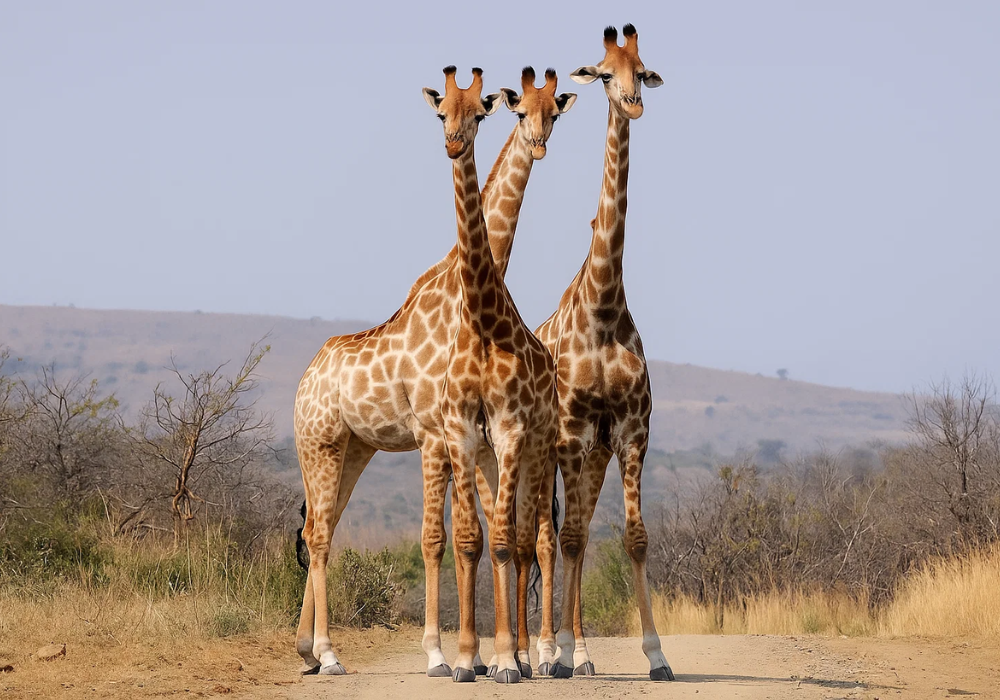
Cash in the Wild: My Safari Adventure Across Kenya with Only...

One Day Picnic Spot Near Pune - Adventure, Trekking and Natu...
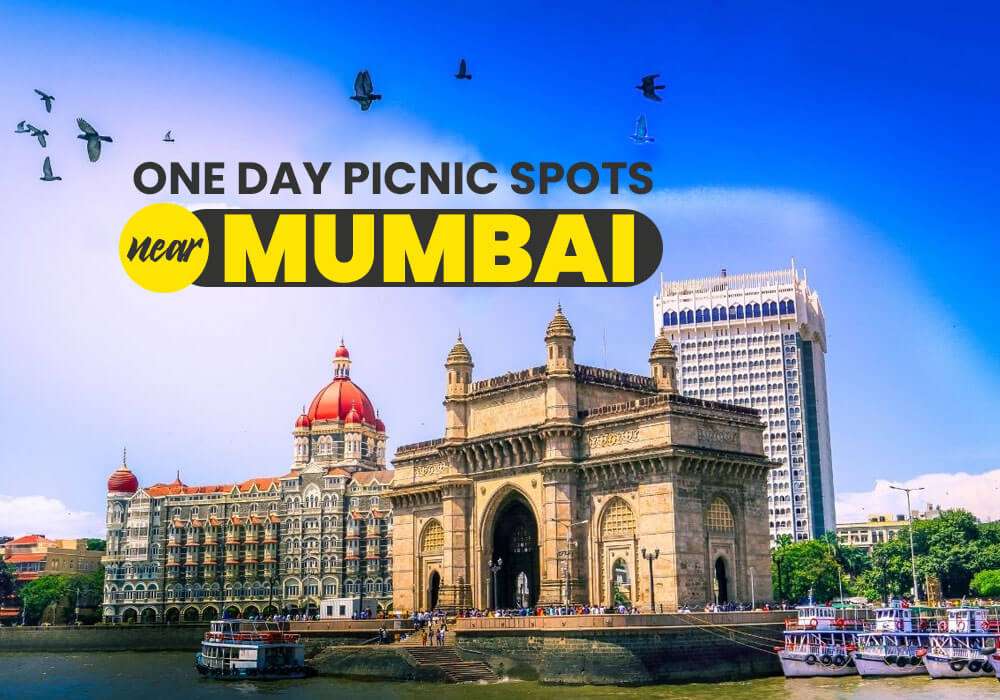
One Day Picnic Spots Near Mumbai - Monsoon, Adventure, Beach...
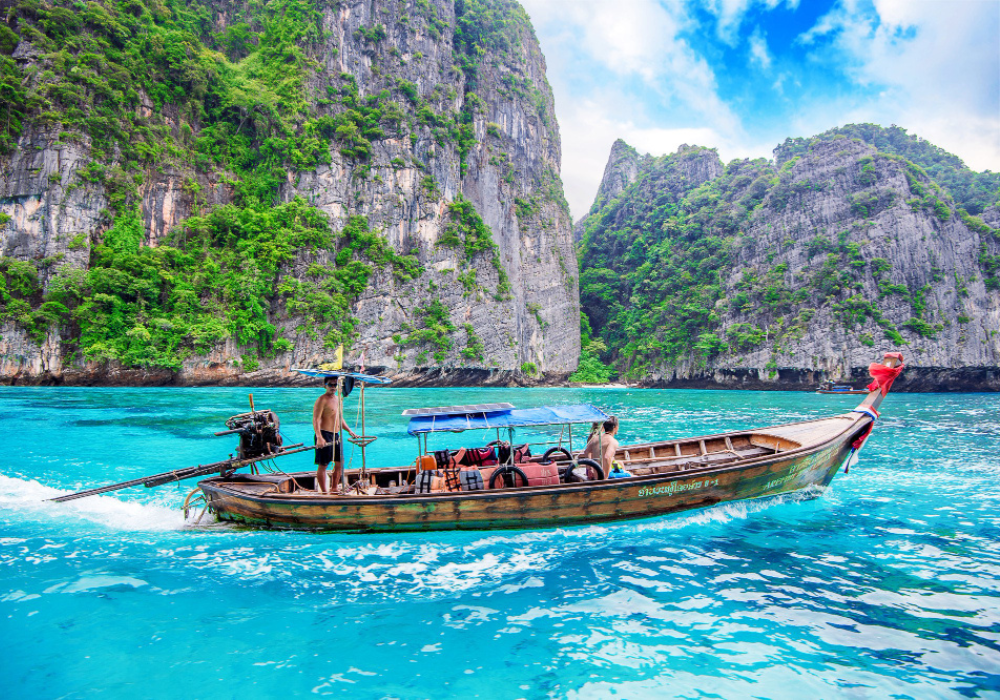
The Best Places to Go in Thailand in 2025
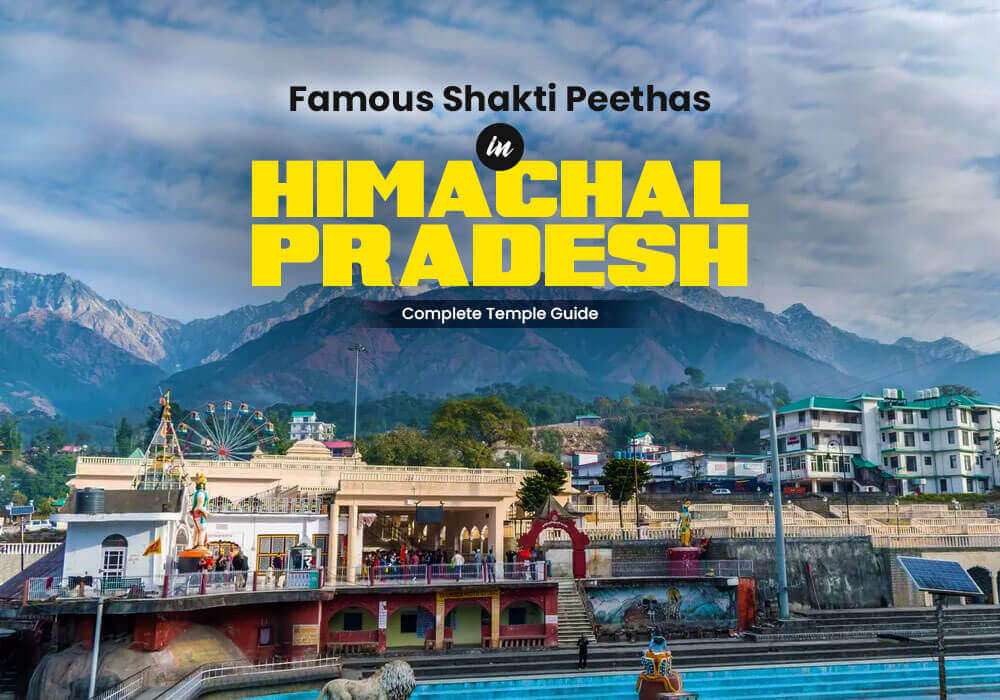

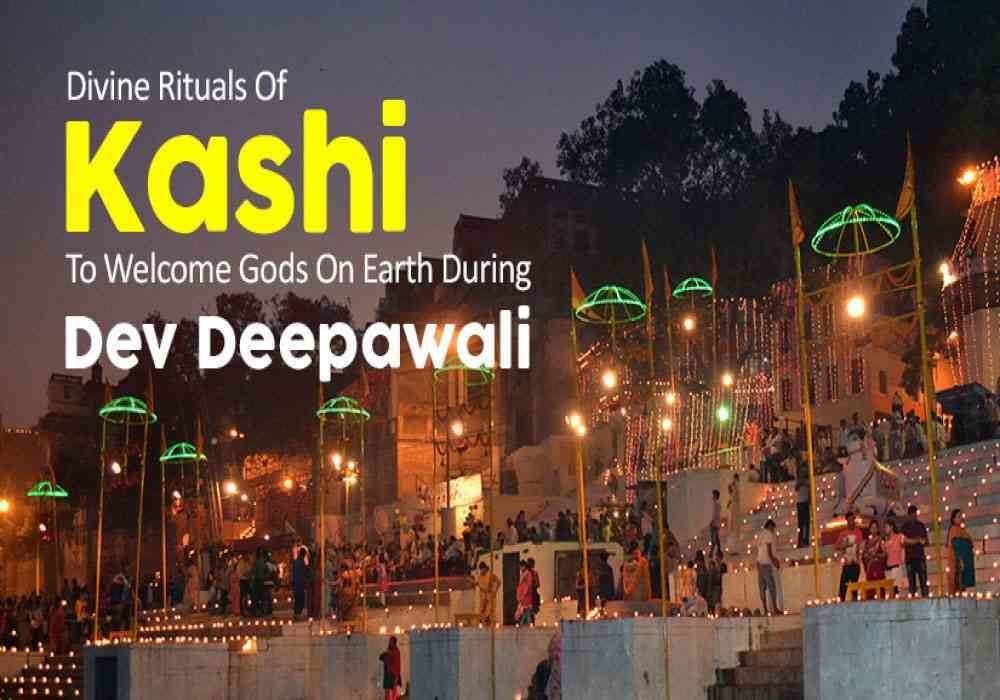
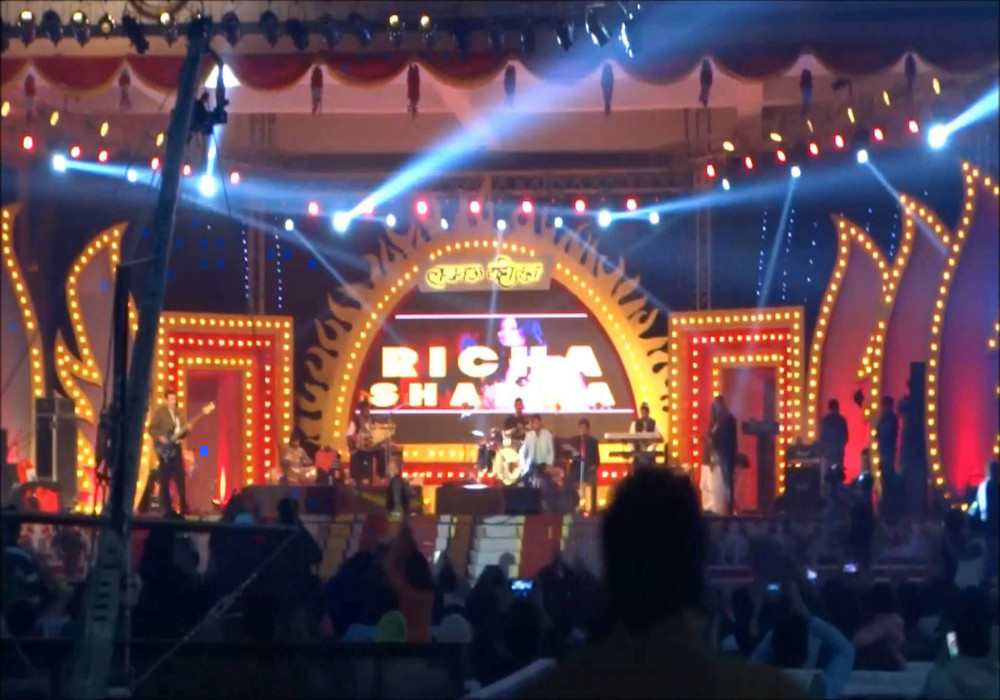
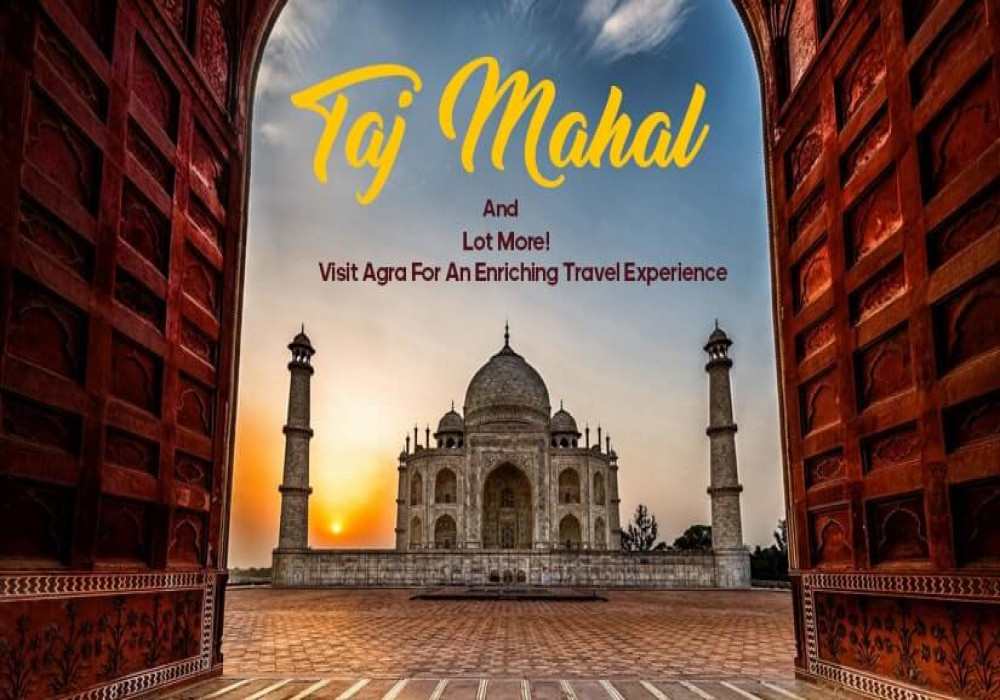
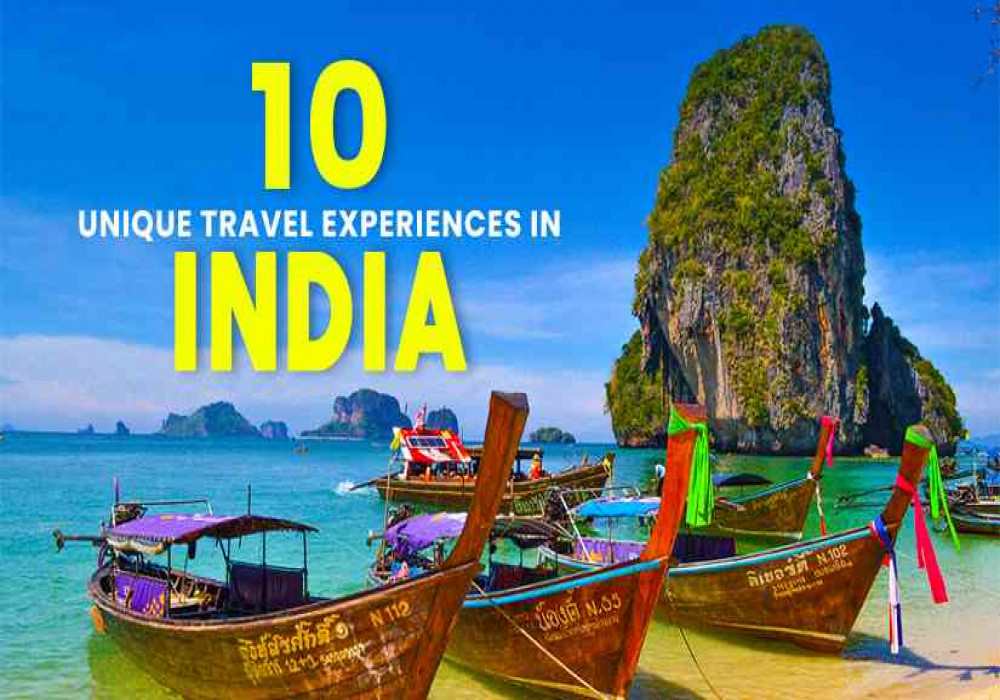
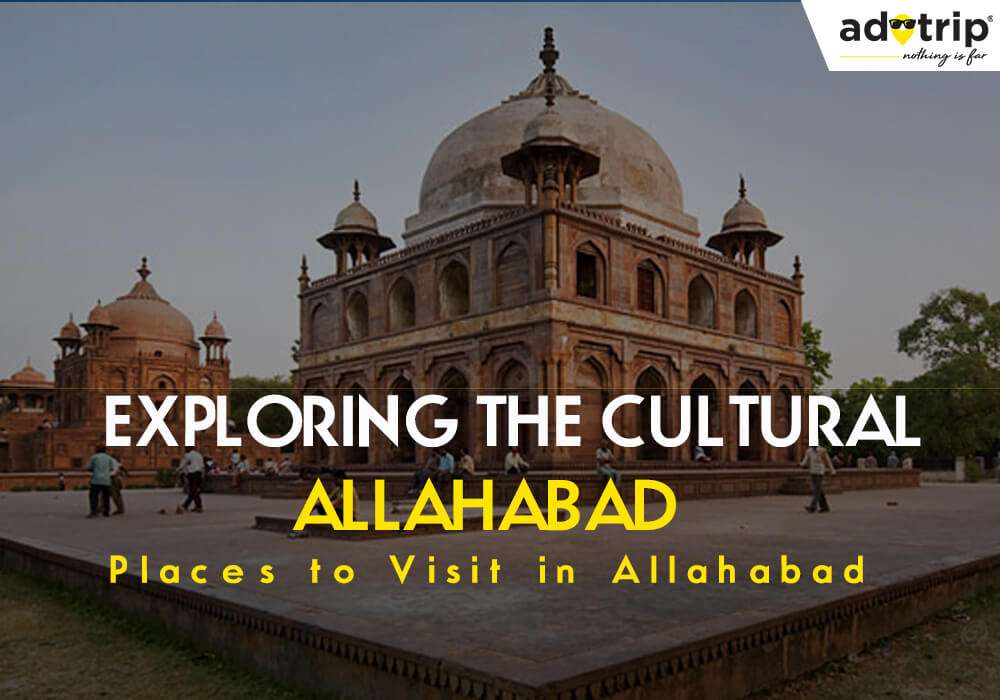
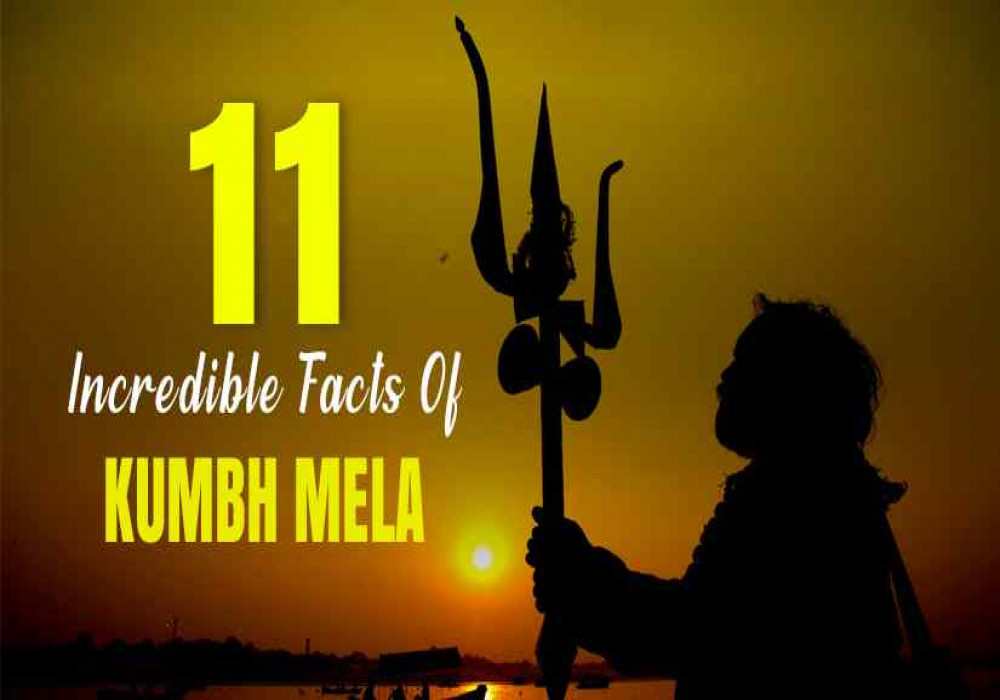
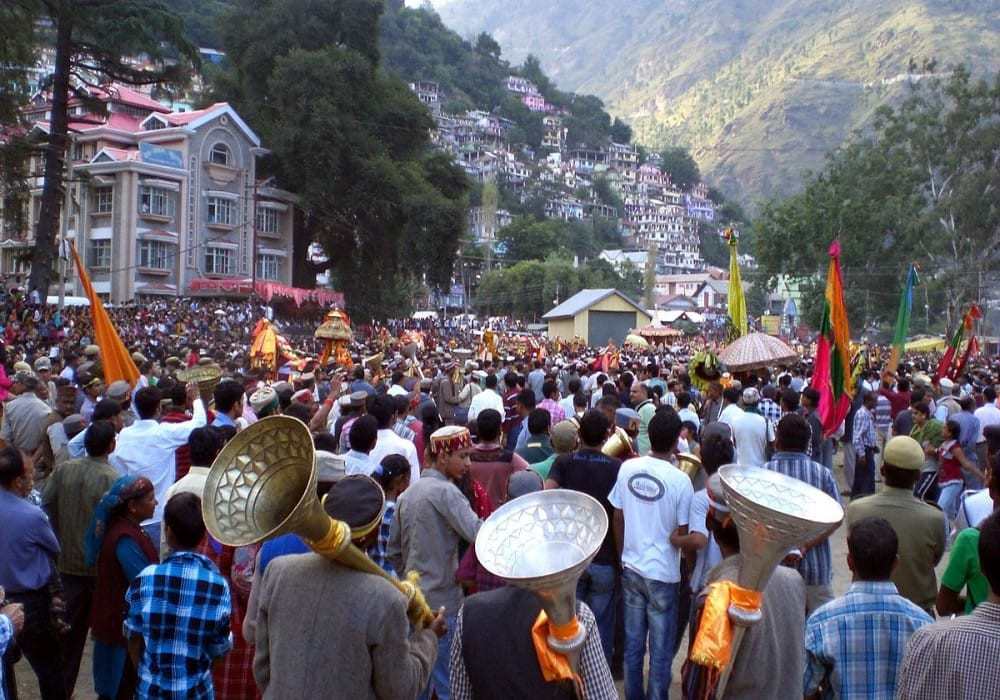



.jpg)
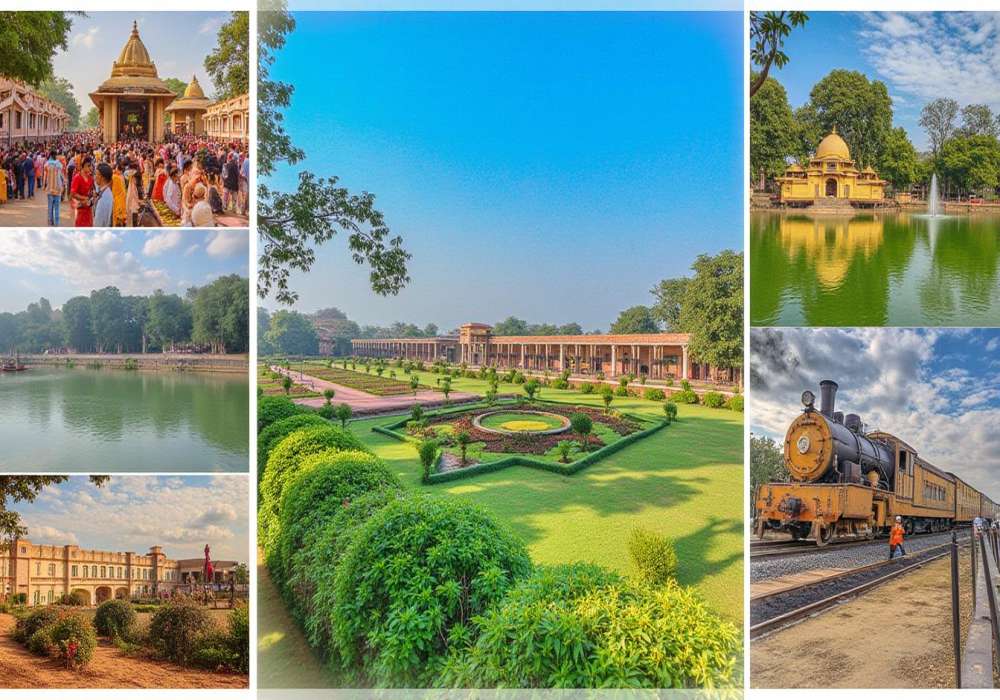
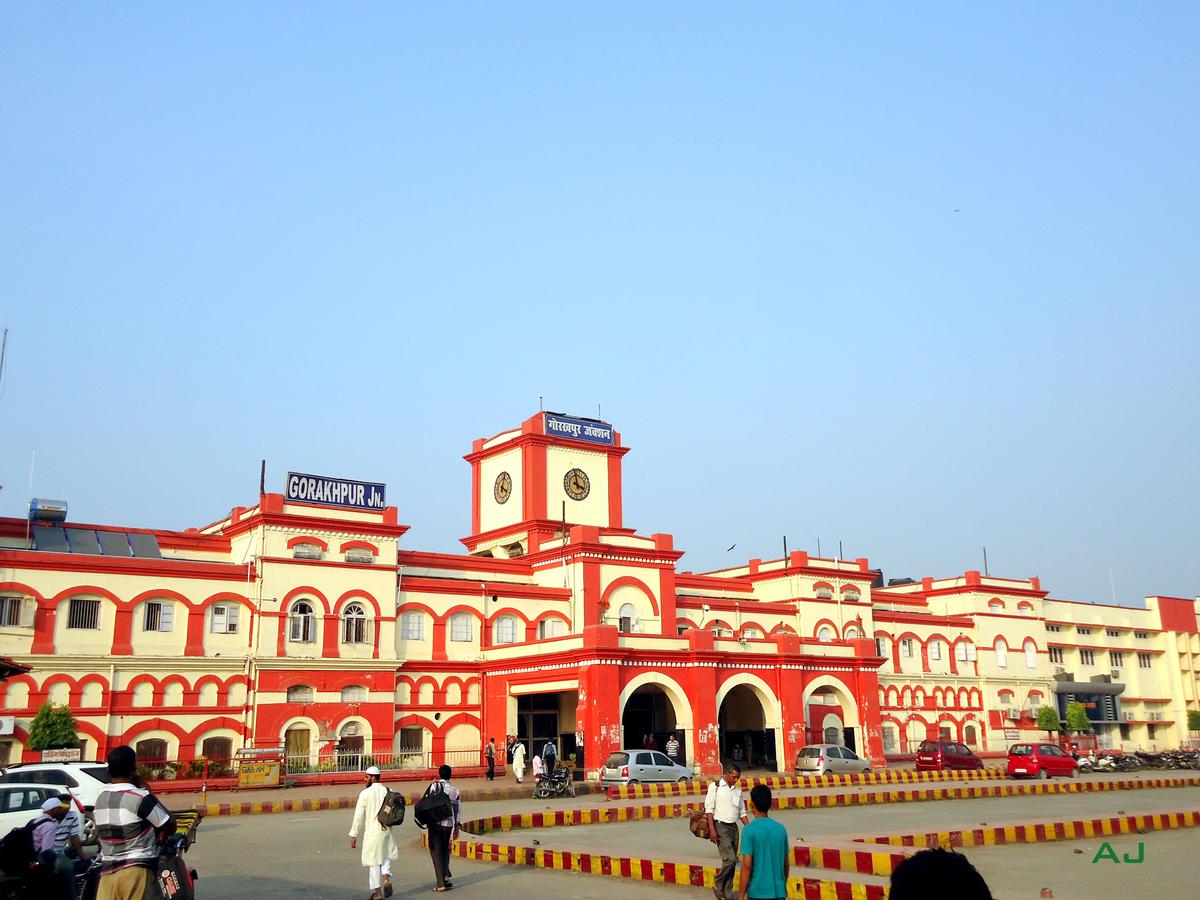
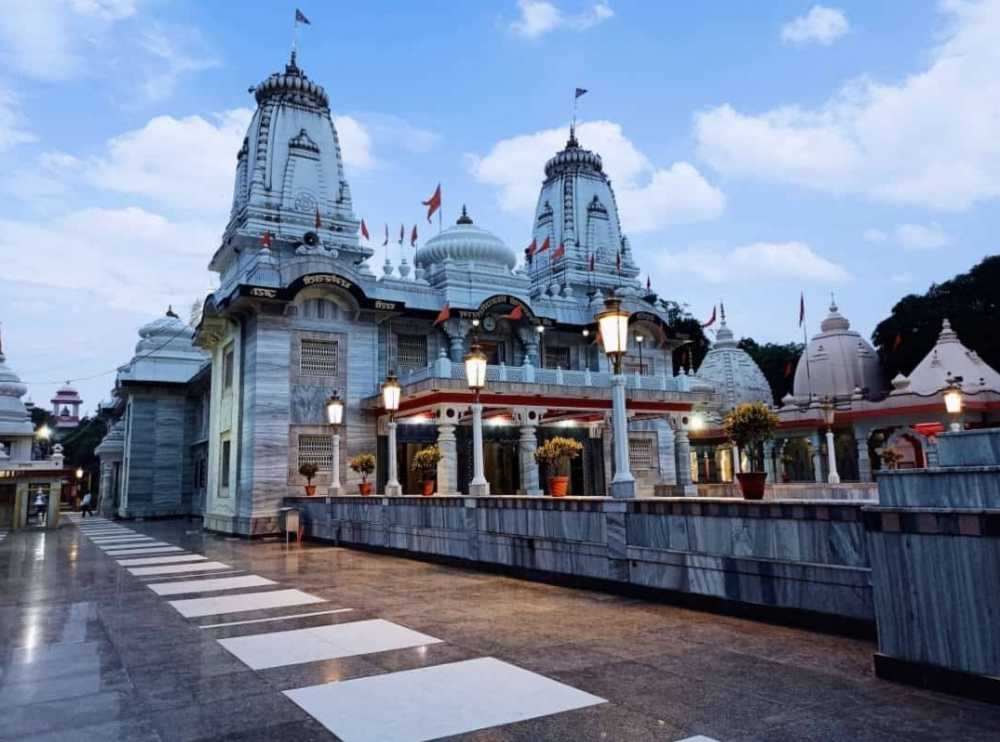
 Dubai
Dubai Malaysia
Malaysia USA
USA





